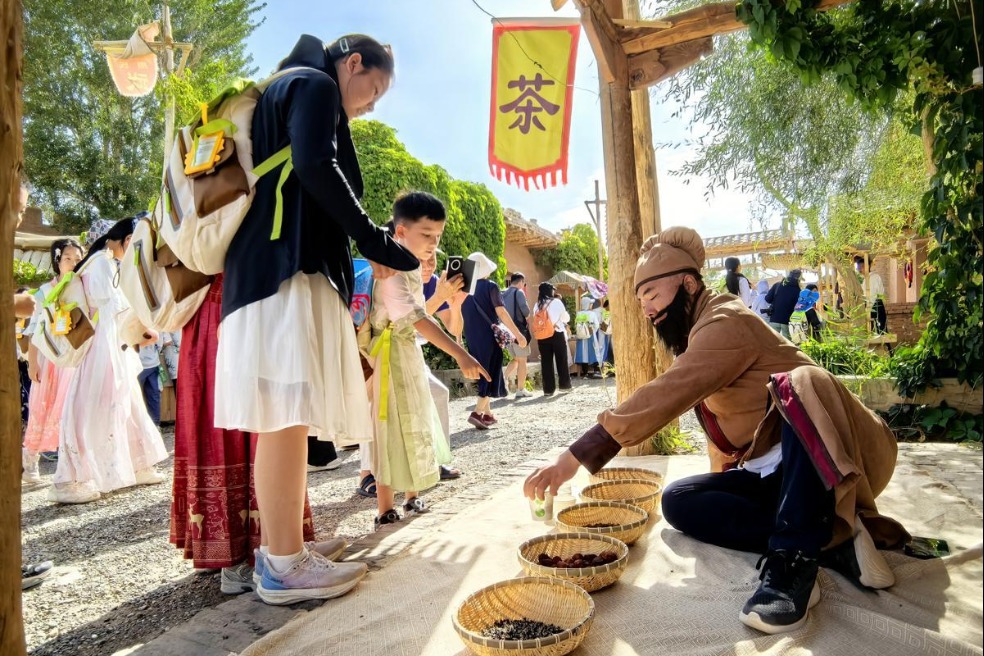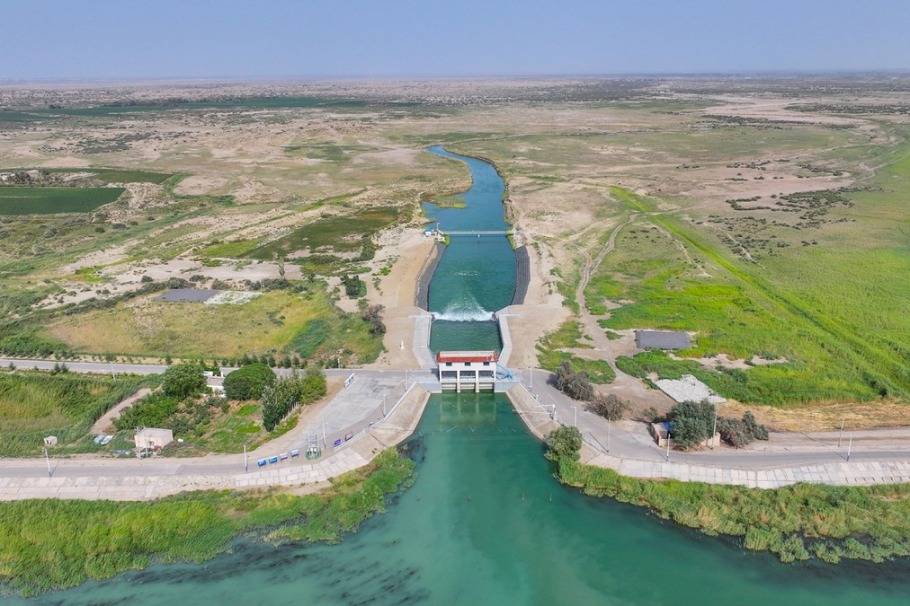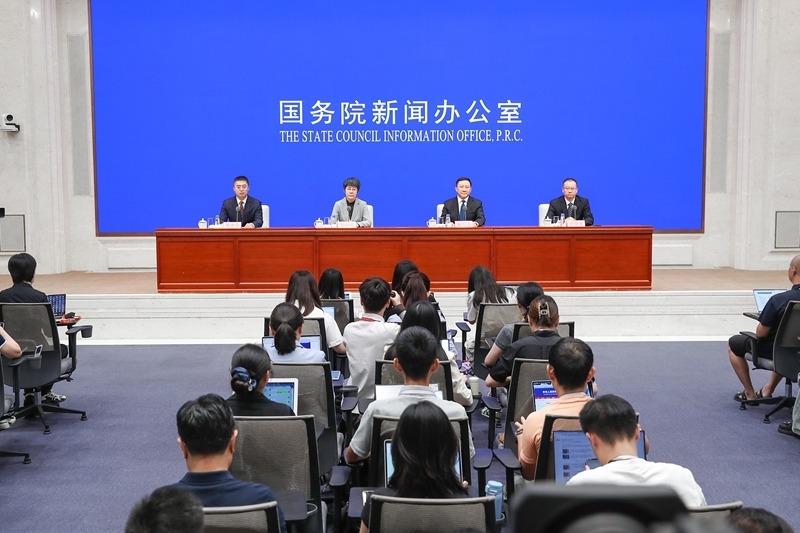Attempt to rewrite Taiwan history slammed
Lai's comments fool no one by glorifying Dutch colonial rule


Editor's Note: The Taiwan question is a key focus for China and the international community. China Daily is publishing a series of reports to track hot Taiwan-related topics and address disinformation from the Democratic Progressive Party administration.
Experts from both sides of the Taiwan Strait have exposed the Democratic Progressive Party authorities in Taiwan for glorifying Dutch colonial rule from 400 years ago, fragmenting historical narratives and plotting for separatism.
They emphasized that the history of both sides resisting Western colonial powers, particularly the significant event of General Zheng Chenggong expelling the Dutch and reclaiming Taiwan, strongly affirms Taiwan's belonging to China.
Despite commemorations last year marking the 400th anniversary of national hero Zheng's birth, the DPP authorities in Taiwan ignored this anniversary and even labeled Zheng as a so-called colonizer.
Instead, the DPP authorities have been celebrating the 400th anniversary of the Dutch colonialists landing in Tainan, glorifying the history of being under colonial rule in various forms such as musicals.
Lai Ching-te, said in his debut speech as Taiwan's new leader on May 20 last year "the city of Tainan marked Taiwan's links to globalization in 1624", the year in which the Netherlands began its 38-year colonial rule over Taiwan.
Zhu Fenglian, spokeswoman for the Taiwan Affairs Office of the State Council, said Lai's remarks were full of lies and deceit, and utilized a patchwork of information to distort history, fully revealing his "Taiwan independence" connivance.
Zhu slammed Lai for using Taiwan's misery of being colonized by the Netherlands as a tool to promote secession.
"They have not only failed their ancestors but also betrayed the Chinese nation," she said.
Cross-Strait resistance
Taiwan has been a part of China historically, with successive dynasties focusing on its development and governance, leading to the gradual establishment of administrative and military structures in these territories.
Following the 15th-century age of exploration, Western powers, attracted by China's market that was still closed and Taiwan's strategic location, began expanding eastward.
In the late Ming (1368-1644) and early Qing (1644-1911) dynasties, Dutch colonizers who sought access to Chinese goods like silk and porcelain were searching for a base in China.
In 1604, Dutch ships invaded Penghu Islands, marking the initial Dutch invasion of the region. Later that same year, the Ming government sent General Shen Yourong there, demanding immediate withdrawal. In honor of Shen, a stone stele was built, the earliest stone stele found in Taiwan.
Subsequent Dutch incursions in 1622 and 1624, though met by Ming resistance, led to Dutch colonization of Taiwan until 1662 with the center in Tainan in southern Taiwan.
During the 38-year rule, harsh Dutch governance sparked rebellions, notably in 1652, resulting in the deaths of over 1,800 locals, including those from tribes and Han people.
An important figure who brought a turning point, Zheng Chenggong, a revered national hero across the Taiwan Strait, was born in 1624, the year the Dutch colonized Taiwan. The son of Ming merchant Zheng Zhilong from Shijing township, Quanzhou, Fujian province, he organized his army in southern Fujian.
On April 21, 1661, Zheng set out from Jinmen with over 200 ships to reclaim Taiwan. Guided by Fujian fishermen settled earlier in Taiwan, his forces landed in Tainan on April 30, aided by locals who assisted them with ox carts and other tools.
Zheng's army repelled Dutch attacks by land and sea. After defeating a Dutch reinforcement fleet, they besieged Fort Zeelandia, the administrative hub for Dutch rule in Taiwan, cutting off its supplies based on local intelligence, forcing the garrison to surrender.
By the end of January 1662, the Dutch forces were compelled to enter cease-fire negotiations.
In the letter addressed to the Dutch governor, Zheng stated: "Taiwan has long been developed by the Chinese, and it is Chinese territory... Now that I have come to claim it, the land should rightfully return to me."
On Feb 9, Dutch officials withdrew from Fort Zeelandia, handing over the keys of the fortress to representatives of Zheng and presenting a Western sword symbolizing authority.
At noon that day, the Dutch national flag, which had flown for 38 years, was lowered within Fort Zeelandia. Thus, the Dutch colonial rule in Taiwan came to an end.
Zheng later renamed Fort Zeelandia as Anping, in commemoration of the place where he started gathering his troops in Quanzhou. However, in the same year that Zheng expelled the Dutch, he suddenly passed away at the age of 39.
Fond remembrance
Zheng's legendary tale earns admiration on both sides of the Taiwan Strait, inspiring statues, museums and street names in Fujian and Taiwan named in his honor.
The Koxinga Shrine, a Qing Dynasty masterpiece in Tainan, Taiwan, draws global reverence for Zheng.
Huang Chi-jung, a regular visitor to the temple, said, "He is a national hero in the hearts of the Taiwan residents and he made everyone realize that Chinese should unite and not be bullied." She added that visitors also seek "chenggong", meaning success, before exams.
Wu Jung-yuan, chairman of Taiwan's Labor Party, said that the hero's reclaiming of Taiwan showcased the historical reality that both sides of the Taiwan Strait belong to one country.
"His legacy holds great significance in advancing the complete unification of the country, opposing separatism and upholding the legitimacy and legality of territorial sovereignty integrity," he said.
In Shijing town, Fujian, Zheng's ancestral temple is considered the root of all the temples around the world commemorating Zheng, and attracts followers of him from home and abroad.
Zheng Xinsong, a local in Shijing and a descendant of the Zheng family, receives Taiwan visitors every year who come to trace their roots and pay respects to their ancestors. He said, "The Zheng Chenggong spirit and legacy is an important link for cross-Strait exchanges."
Distorting the past
Lei Chien, a former lawmaker in Taiwan, said, "When we talk about Taiwan's 400 years, it spans from Zheng Chenggong in the Ming Dynasty to the present, with a significant history of migration from southern Fujian."
However, Lai has changed it to "400 years since the Dutch settlement", subtly distorting history and causing a rift between Taiwan and the mainland, she said, adding that it's important to see from the broader historical context and have a sense of historical mission.
Tsai Cheng-yuan, a political commentator from Taiwan, said that while celebrating the 400 years of Tainan, not commemorating the important figure Zheng Chenggong, who was also born in 1624, precisely 400 years ago, is a deliberate omission.
The purpose of ignoring Zheng's recovery of Taiwan is to challenge objective history in order to facilitate their promotion of separatism, he said.
Li Peng, the head of Xiamen University's Graduate Institute for Taiwan Studies, said that Lai is constructing a separatist narrative that "Taiwan is a Taiwan of the world", attempting to internationalize the Taiwan question, undermining the mainland's legitimacy.
"His actions precisely expose his inner emptiness and insecurity, so I believe that especially at this time, we must remain steadfast in our confidence and promote cross-Strait exchanges, particularly exchanges and cooperation between the people on both sides," he said.
zhangyi1@chinadaily.com.cn
- Beer festival celebrates friendships in Qingdao
- Tourists drive 'summer cooling economy' in Chongqing
- Embroidery stitches a modern yarn in Jianhe
- Adult pacifier trend sparks efficacy debate
- Live wedding painting catches on nationwide
- Marriage registrations climb with new policies supporting couples, families





































